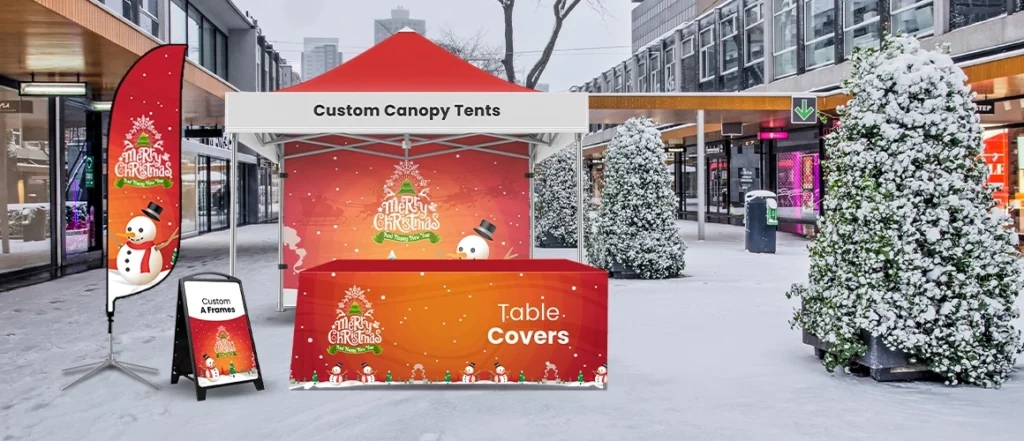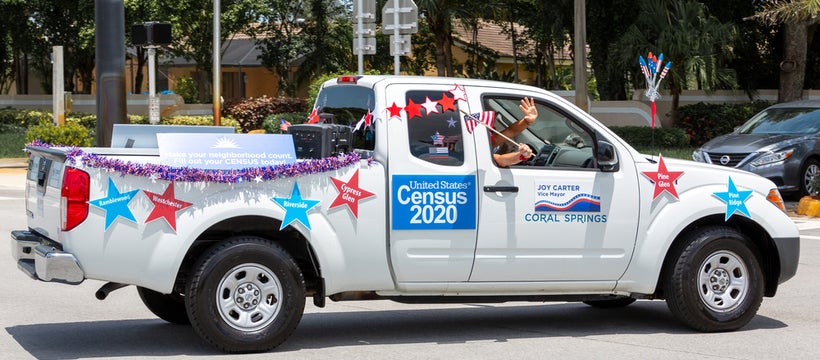As the seasons shift, so do consumer behaviors, making it both a challenging and opportunistic time for businesses. Whether it’s the back-to-school rush, holiday shopping frenzy, or summer promotions, adapting your marketing strategy to align with the season is crucial. However, successfully executing seasonal marketing campaigns requires foresight and flexibility. Business owners and marketers often face unique hurdles, but these challenges can also open the door to greater visibility and engagement.

In this blog, we’ll explore the top 10 opportunities and challenges in seasonal marketing, along with practical strategies and print advertisement solutions to help businesses stay ahead of the curve.
1. Adapting to Changing Consumer Behaviors
One of the biggest challenges in seasonal marketing is understanding how consumer behaviors fluctuate with the time of year. For instance, people may be more inclined to spend on leisure activities in summer and prioritize holiday shopping in winter. Recognizing these shifts is vital for tailoring your marketing message to the season’s needs.
Opportunity: By aligning your campaigns with seasonal demand, you can create more targeted, effective marketing strategies. Updating your outdoor signage and displays regularly ensures your messaging stays relevant and engaging.
2. Limited Budget for Seasonal Campaigns
Budget constraints can make it difficult to roll out extensive seasonal campaigns. Not every business has the resources for major marketing initiatives for every season, making it essential to focus on cost-effective solutions.
Opportunity: Investing in flexible, reusable marketing tools can be a game-changer. For example, certain types of signage—such as banners or boards—can be adapted year-round simply by updating the printed graphics. This approach ensures businesses remain cost-efficient while maximizing marketing opportunities in seasonal trends.
3. Seasonal Competition
The onset of seasonal events often leads to a flood of businesses vying for consumer attention. Increased competition during peak seasons like holidays or major events can make it hard for your brand to stand out.
Opportunity: Standing out doesn’t always require a massive ad spend. Small businesses can benefit from local, eye-catching displays such as sidewalk signs or window frames that highlight special offers or seasonal promotions. Ensuring your signage reflects the current season or upcoming event helps attract foot traffic.
4. Balancing Inventory with Seasonal Demand
Overstocking or understocking is a frequent issue when it comes to seasonal marketing. Predicting exactly how much inventory is needed for a particular season can be tricky, especially if your products have variable demand depending on the time of year.

Opportunity: To address fluctuating inventory needs, businesses should focus on marketing challenges and solutions that guide consumer demand. Physical promotional tools, like in-store posters or banners, can be easily updated with seasonal messaging to drive urgency and sales, helping balance stock levels.
5. Planning Ahead for Seasonal Peaks
Seasonal marketing is all about timing. Late planning often results in rushed campaigns that don’t generate the desired impact. Planning too early, however, can also lead to misaligned messaging if consumer interest hasn’t peaked yet.
Opportunity: One way to stay ahead while preparing your business for seasonal marketing is by developing a reusable marketing infrastructure. For instance, frames or hanging clamp bar banners allow you to quickly swap out seasonal visuals and promotions, ensuring that your marketing materials are always in sync with current seasonal marketing trends.
6. Adjusting Marketing Strategies Based on Weather
Weather plays a significant role in seasonal marketing, especially for businesses with brick-and-mortar locations. A rainy spring or an unexpectedly hot summer can affect foot traffic, influencing your overall marketing performance.
Opportunity: Flexible outdoor marketing tools, like sandwich boards, offer an easy way to adjust your message based on the weather conditions or upcoming seasonal promotions. These tools can be placed in high-visibility areas to attract passersby even when weather conditions are unpredictable.
7. Engaging Customers During Off-Seasons
Many businesses experience a lull during their off-seasons, where consumer interest naturally wanes. During these times, it can be challenging to maintain engagement and ensure a steady stream of traffic to your business.
Opportunity: Instead of going quiet during off-seasons, businesses can switch their focus to other marketing tactics. Consider using off-season promotions that encourage early shopping or event planning, supported by affordable signage that reinforces the message both inside and outside your location.
8. Creating Timely and Relevant Content
Seasonal marketing often requires businesses to create timely content that resonates with the current trends. However, keeping up with trends while ensuring brand consistency can feel overwhelming.
Opportunity: One simple way to stay relevant is through customizable promotional signage that evolves alongside your campaign. By updating seasonal graphics on your marketing materials, such as banners or sidewalk signs, you can reinforce the timeliness of your content without overhauling your entire strategy.
9. Managing Consumer Expectations
Different seasons bring different expectations from consumers. For example, during the holiday season, customers often expect quicker delivery times and special discounts, while during summer, they might look for more leisurely promotions or outdoor events.
Opportunity: Consistently communicate with your customers using clear and visible signage to set and manage expectations. Whether you are hosting a flash sale or promoting a summer event, strategic use of easily changeable signs can convey key messages that build trust and engagement.

10. Leveraging Digital and Physical Marketing
The final challenge is balancing your digital marketing efforts with in-person marketing during seasonal campaigns. While many businesses rely heavily on digital platforms, physical marketing plays a crucial role, especially for businesses that rely on foot traffic.
Opportunity: Combining digital campaigns with visually appealing physical displays can significantly boost your seasonal marketing. For example, while your online ads bring awareness to seasonal offers, in-person tools like posters or hanging banners can drive final conversions when customers visit your store. Ensuring consistency between your online presence and physical store is essential.
Quick Concluding Notes on Seasonal Marketing Print Promotions
Seasonal marketing is filled with both opportunities and challenges in seasonal marketing. By staying adaptable and leveraging flexible, reusable promotional tools, businesses can create impactful campaigns without straining their budget. Whether it’s updating graphics on banners or using sandwich boards to announce timely offers, investing in versatile signage helps ensure your marketing remains effective throughout the year.
As businesses continue to navigate how seasonal marketing impacts business growth, it’s essential to keep in mind that consumer behaviors, market competition, and budget constraints will always play a role. However, by planning ahead and adopting customizable solutions, businesses can stay ahead of the curve and fully capitalize on seasonal opportunities.
Written by BestofSigns Editorial Team.







































 Posted in
Posted in 











